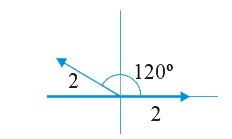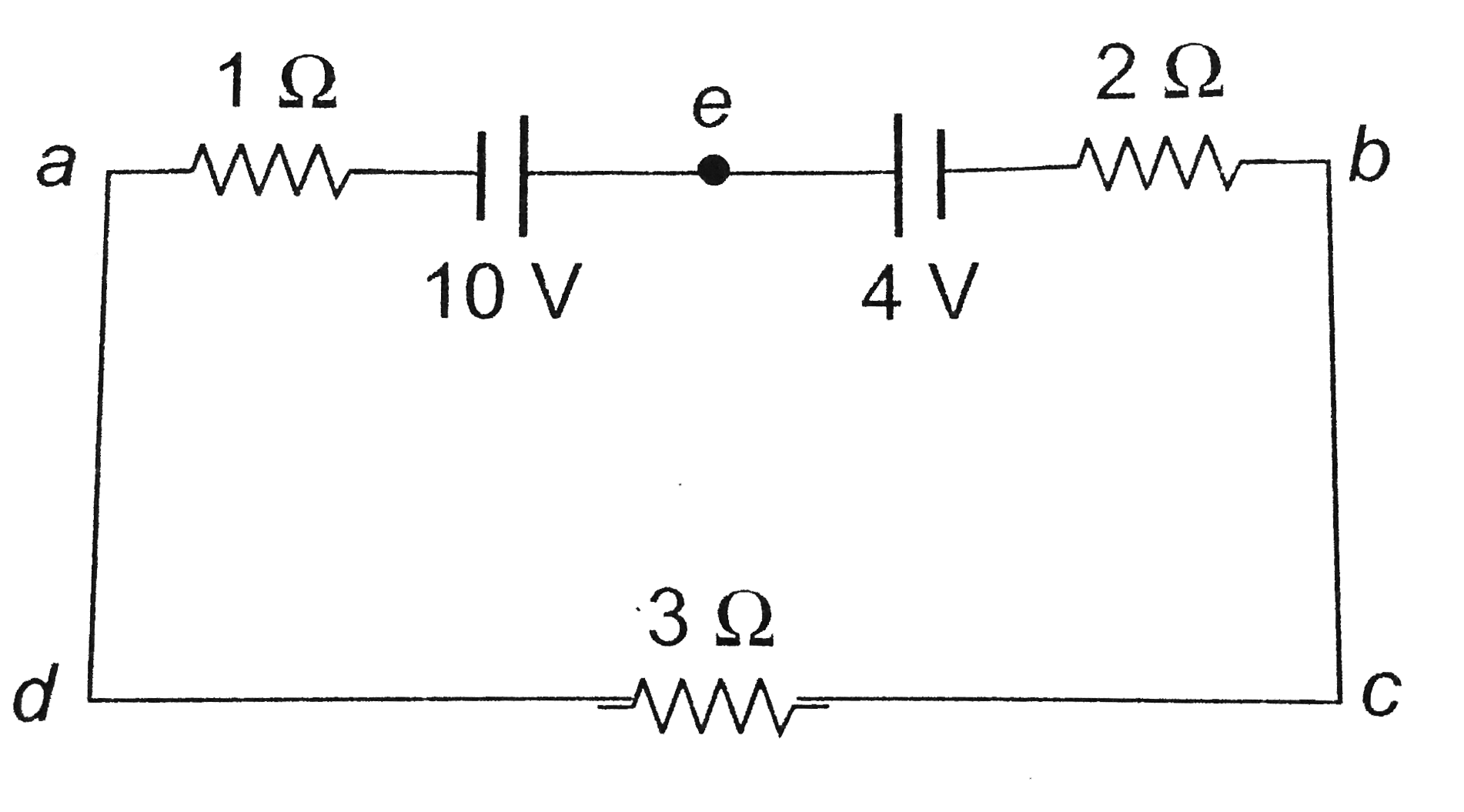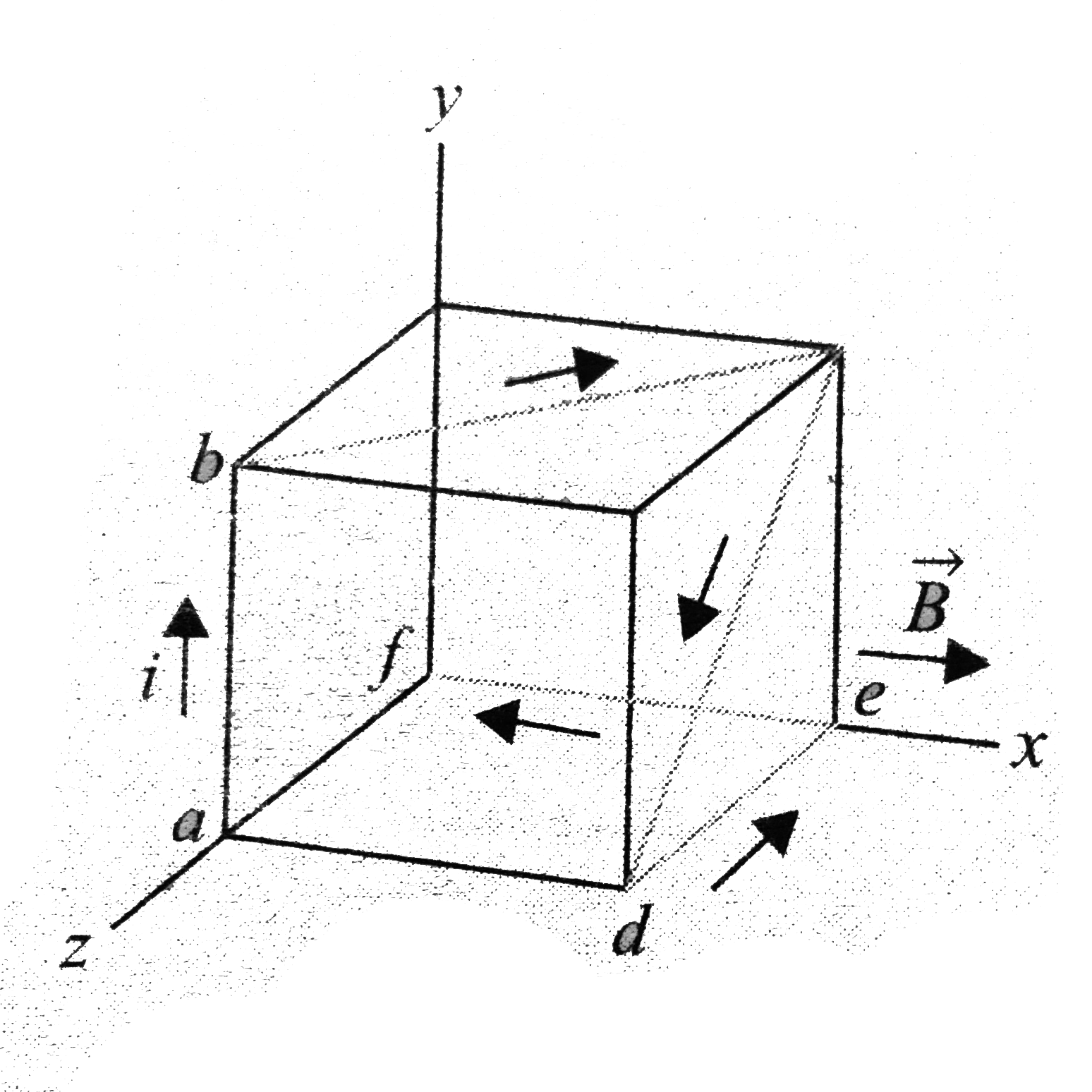Assertion: In projectile motion, the acceleration is constant in both magnitude and direction but the velocity changes in both magnitude and direction.
Reason: When a force or accelration is acting in an oblique direction to the direction of velocity then both magnitude and direction of the velocity may be changed.
If both assertion & Reason are True & the Reason is a corrrect explanation of the Asserion.
If both Assertion & Reason are True but Reason is not correct explanation of the Assertion.
If Assertion is Trie but the Reason is False.
If both Assertion & Reason are false
The correct Answer is:A
To solve the question, we need to analyze the assertion and reason provided in the context of projectile motion.
1. Understanding Projectile Motion:
- Projectile motion refers to the motion of an object that is thrown into the air and is subject to the force of gravity. It follows a curved path called a trajectory.
2. Assertion Analysis:
- The assertion states: "In projectile motion, the acceleration is constant in both magnitude and direction but the velocity changes in both magnitude and direction."
- In projectile motion, the only acceleration acting on the object is due to gravity, which is constant at approximately 9.81m/s2 downward. Therefore, the assertion is true.
3. Velocity in Projectile Motion:
- The velocity of the projectile changes due to the gravitational acceleration acting on it. The vertical component of the velocity decreases as the projectile rises and increases as it falls, while the horizontal component remains constant (assuming no air resistance). Hence, the velocity changes in both magnitude and direction, confirming that the assertion is true.
4. Reason Analysis:
- The reason states: "When a force or acceleration is acting in an oblique direction to the direction of velocity, then both magnitude and direction of the velocity may be changed."
- In projectile motion, the gravitational force acts downward, which is indeed oblique to the initial velocity vector (which has both horizontal and vertical components). This oblique force changes the direction of the velocity vector and affects its magnitude as well. Therefore, the reason is also true.
5. Conclusion:
- Since both the assertion and the reason are true, and the reason correctly explains the assertion, we conclude that both the assertion and reason are correct.
Final Answer:
Both the assertion and the reason are true, and the reason is the correct explanation for the assertion.
---
- Projectile motion refers to the motion of an object that is thrown into the air and is subject to the force of gravity. It follows a curved path called a trajectory.
- The assertion states: "In projectile motion, the acceleration is constant in both magnitude and direction but the velocity changes in both magnitude and direction."
- In projectile motion, the only acceleration acting on the object is due to gravity, which is constant at approximately 9.81m/s2 downward. Therefore, the assertion is true.
- The velocity of the projectile changes due to the gravitational acceleration acting on it. The vertical component of the velocity decreases as the projectile rises and increases as it falls, while the horizontal component remains constant (assuming no air resistance). Hence, the velocity changes in both magnitude and direction, confirming that the assertion is true.
- The reason states: "When a force or acceleration is acting in an oblique direction to the direction of velocity, then both magnitude and direction of the velocity may be changed."
- In projectile motion, the gravitational force acts downward, which is indeed oblique to the initial velocity vector (which has both horizontal and vertical components). This oblique force changes the direction of the velocity vector and affects its magnitude as well. Therefore, the reason is also true.
- Since both the assertion and the reason are true, and the reason correctly explains the assertion, we conclude that both the assertion and reason are correct.
Both the assertion and the reason are true, and the reason is the correct explanation for the assertion.
Topper's Solved these Questions
- MOTION IN A PALNEBOOK - ALLENCHAPTER - MOTION IN A PALNEEXERCISE - SOLVED EXAMPLE
28 Videos
- MOTION IN A PALNEBOOK - ALLENCHAPTER - MOTION IN A PALNEEXERCISE - EXERCISE-2
170 Videos
- KINEMATICS-2DBOOK - ALLENCHAPTER - KINEMATICS-2DEXERCISE - Exercise (O-2)
46 Videos
- NEWTON'S LAWS OF MOTION & FRICTIONBOOK - ALLENCHAPTER - NEWTON'S LAWS OF MOTION & FRICTIONEXERCISE - EXERCISE (JA)
4 Videos
Similar Questions
Mass has both magnitude and direction.
View SolutionElectric current has both magnitude and direction it is a .
View SolutionFind the magnitude and direction of the resultant of given vectors

View SolutionThe magnitude and direction of the current in the circuit shown will be

View SolutionThe cube as shown in Fig. 1.61, 75.0 cm on a side, is placed in a uniform magnetic field of 0.860 T parallel to the x-axis. The wire abcdef carries a current of 6.58 A in the direction indicated.
(a) Determine the magnitude and direction of the force acting on the segment ab.
(b) Determine the magnitude and direction of the force acting on the sement bc.
(c) Determine the magnitude and direction of the force acting on the segment cd.
(d) Determine the magnitude and direction of the force acting on the segment de.
(e) Determine the magnitude and direction of the force acting on the segment ef.
(f) What are the magnitude and direction of the total force on the wire ?

View SolutionGive the magnitude and direction of the net force acting on
a kite skillfully held stationary in the sky
View SolutionGive the magnitude and direction of the net force acting on
a Cork of mass 10 g floating on water
View SolutionVelocity does not change when direction changes.
View SolutionWhen a force of constant magnitude in a fixed direction acts on a moving object, then its path is -
View SolutionGive the magnitude and direction of the net force acting on
a drop of rain falling down with a constant speed
View Solution